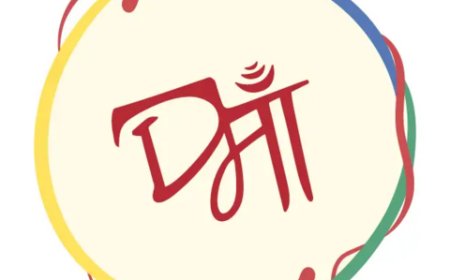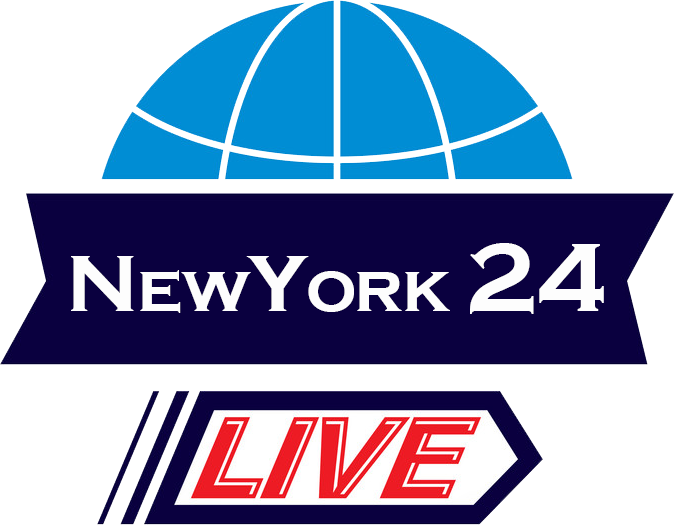Understanding Media Laws: Broadcast vs Podcast Regulations

In todays interconnected world, media content flows across platforms with unmatched ease. Traditional broadcastingthrough television and radioonce dominated the information landscape, but the advent of digital audio content has shifted audience behavior significantly. Podcasts have surged in popularity, becoming a dominant form of independent media. However, while both broadcasting and podcasting aim to inform, entertain, or educate audiences, the regulatory frameworks surrounding them are markedly different. Understanding the legal distinctions between these two modes of content delivery is vital for creators, distributors, and even consumers. This discussion dives into the evolving world of broadcast vs podcast laws, examining where they overlap, where they diverge, and how those differences shape the media ecosystem.
Broadcast Regulations: Heavily Scrutinized and Government-Led
Broadcasting in most countries is subject to strict government oversight. In India, for instance, television and radio content fall under the purview of the Ministry of Information and Broadcasting. There are formal licensing procedures, content codes, and technical standards that must be followed. The Telecom Regulatory Authority of India (TRAI) and the Broadcasting Content Complaints Council (BCCC) also play key roles in overseeing adherence to these regulations. Broadcasters are required to obtain licenses, follow programming codes that restrict hate speech, obscenity, and defamation, and maintain a degree of political neutrality.
Globally, similar bodies exist: in the U.S., the Federal Communications Commission (FCC) enforces rules that control how frequencies are allocated, what type of advertising can be aired, and when certain content can be broadcast. The content is often subjected to time restrictions, especially when it comes to adult content or violence, and heavy fines can be imposed for violations.
The rationale for such tight control lies in the limited nature of the broadcast spectrum and the perceived public ownership of airwaves. Since the content reaches large and often diverse audiencesincluding childrengovernments have historically asserted the need to regulate it for public safety, cultural values, and national interest.
Podcast Regulations: Looser Boundaries in a Digital Wild West
In contrast, podcasts exist in a far more decentralized and less regulated environment. They are usually distributed via internet platforms, such as Spotify, Apple Podcasts, or YouTube, which are private entities not bound by traditional broadcast laws. This technological distinction fundamentally alters how law interacts with content creators.
Podcasters do not require formal licenses, and they enjoy a much broader scope for free speech. That said, they are not entirely free from legal accountability. Podcasters must still comply with laws related to defamation, copyright, hate speech, and misinformation. However, enforcement mechanisms are typically indirect, relying on takedown requests, platform moderation policies, or lawsuits initiated by aggrieved parties.
In India, for example, podcasts fall under the general provisions of the Information Technology Act and recent guidelines under the IT Rules 2021, especially if hosted on streaming platforms or YouTube. These rules require intermediaries to have grievance officers and self-regulation mechanisms, but the content guidelines remain much looser than those applied to traditional broadcasters.
Content Responsibility: A Question of Gatekeepers
The contrasting regulatory environments highlight another critical aspect of broadcast vs podcast content: editorial responsibility. In broadcasting, responsibility for content lies squarely with licensed networks. There are clear editorial chains and compliance departments that monitor adherence to legal norms. Broadcasters must submit content for review if required and are often subject to pre-emptive censorship.
Podcasts, by contrast, often lack a formal editorial process, especially when created independently. Many podcasts are hosted by individuals or small teams, giving them more flexibility but also making them vulnerable to legal risks if they fail to understand their obligations. The lack of oversight may lead to unchecked misinformation or hate speech, issues which have been a growing concern across digital media platforms globally.
Moreover, podcasts hosted on platforms governed by algorithms may gain massive reach without any human moderation, which is both a strength and a challenge. While this democratizes media and allows diverse voices, it also creates an environment where harmful content can proliferate more easily.
Monetization and Advertising Laws: Still Catching Up
Another area where regulatory gaps exist in the broadcast vs podcast debate is advertising. Broadcast advertising is highly regulated, with rules concerning advertisement timing, disclosure of sponsored content, and limitations on promoting certain products such as tobacco or alcohol. These regulations aim to protect consumers, particularly vulnerable audiences.
In the podcast world, advertising is often integrated natively into the content and can be harder to distinguish from editorial commentary. While some platforms have begun requiring disclosure of sponsored segments, there is no universally enforced standard. This lack of regulation can lead to conflicts of interest and potential consumer deception, especially when financial incentives are not transparently disclosed.
Governments and industry bodies are beginning to take notice, but laws are still evolving to match the pace of podcastings growth. The Advertising Standards Council of India (ASCI) and similar agencies globally are increasingly issuing guidelines for influencer and audio-based advertising, but enforcement is still sporadic.
Future Outlook: Toward Balanced Regulation
As the lines between traditional and new media continue to blur, there is growing recognition of the need for cohesive frameworks that apply to all forms of content. However, the goal is not to impose blanket regulations on podcasts but to ensure accountability and transparency while preserving the freedom that digital media allows.
Policymakers are now faced with the task of striking the right balance between safeguarding public interest and supporting media innovation. Discussions around media law reform increasingly include digital content creators, and future regulatory models may involve co-regulation, wherein platforms and creators share responsibility with governmental bodies.
In India, the Ministry of Information and Broadcasting has hinted at integrating podcast oversight into the broader framework of digital media rules, possibly under the umbrella of the Digital India Act. Globally, entities like the European Union are also exploring uniform media laws through the Digital Services Act, aiming to hold all content providers to the same baseline responsibilities.
Conclusion: Knowing the Rules of the Game
In conclusion, the debate of broadcast vs podcast regulations underscores the challenges of governing a rapidly changing media landscape. Broadcast media remains tightly controlled, with a deep-rooted system of accountability, while podcasting continues to evolve in a space defined more by platform policies than legal codes. For content creators, understanding these differences is essentialnot just to stay compliant, but also to navigate their creative freedom responsibly. Whether youre behind a microphone in a studio or recording in your bedroom, the media laws you operate under could make all the difference.
Read Also: Artificial Intelligence and The Illusion of Choice or Consent


























